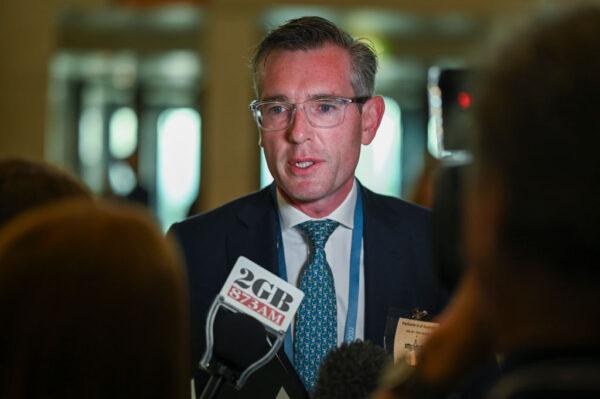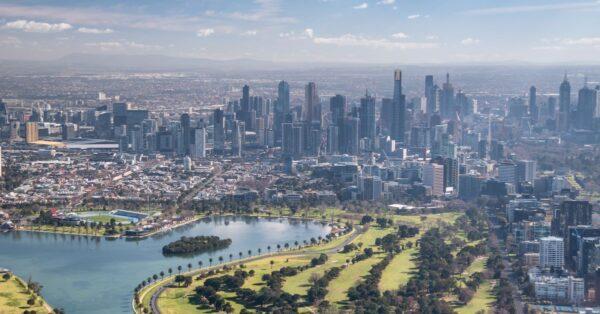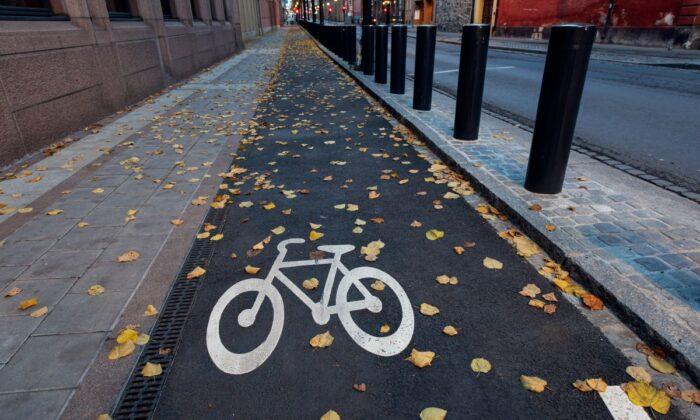Australia’s New South Wales (NSW) government unveiled a new transport strategy on Monday they say will make travel quicker, safer, and more convenient for the state’s residents.
A key vision of the “Future Transport Strategy” is to establish connected 30-minute cities and convenient 15-minute neighbourhoods, both aimed at reducing the travel time and distance required to reach workplaces and essential services, which in turn reduces the need to drive.
As part of the state’s Six Cities plan, within each city, it should take no longer than 30 minutes to access jobs, housing, health care, and social connections via public transport.
To achieve this, the government has vowed to refresh interchanges to reduce connection times, while new developments will provide residents easy access to public transport, as well as infrastructure for cycling and walking “the day they move into their homes.”
Premier Dominic Perrottet said in a release on Monday that this is a blueprint to continuously evolve the state’s transport system to meet the changing needs of commuters, communities, and the economy.
“This is about ensuring our transport network will be fit-for-purpose into the future and gives people more choice, shorter wait times and quicker trips,” he said.
“We all have busy lives, and this is a vision to make it easier and more convenient for people to move about the entire state whether it be in a city or in the regions.”

The development of the state’s Fast Rail system is expected to improve regional connections to cities, bringing people in regional, rural, and remote communities better access to essential services.
15-Minute Neighbourhoods
Minister for Infrastructure, Cities, and Transport, Rob Stokes said on Monday that the pandemic has seen demand for walking and cycling infrastructure greatly increase and outdoor spaces appreciated more than ever.“Our vision for 15-minute neighbourhoods will also improve health and wellbeing outcomes and ensure local communities thrive,” he said.
“We will make public transport, walking, cycling and micro-mobility safer and easier with better pathways, cycleways and connections. The resulting increase in foot traffic will bring local places and businesses to life,” the transport strategy reads.
The NSW vision follows the Victorian government’s pilot program for 20-minute neighbourhoods—based on the same concept as the 15-minute ones—in the Melbourne suburbs of Strathmore, Croydon South, and Sunshine West, which kicked off in January 2018.

Findings From Victoria’s Pilot Programs
While the 20-minute neighbourhood pilot programs conducted in Melbourne were considered a success, a number of insights were gained into what would be required to implement the concept more widely.It was determined that due to planning and service delivery being divided between government departments and agencies, delivery is often fragmented, creating challenges when coordinating projects and public engagement.
Therefore, an integrated approach to neighbourhood planning that involves whole-of-government coordination in a place is recommended.
It was also found that developing partnerships with the community through a range of engagement initiatives was fundamental to the success of the projects, while throughout the program, councils stressed the importance of long-term investment and engagement, with the need for ongoing support to maintain the momentum built during the projects.
Other recommendations included in the plan were that planning outcomes needed to be monitored, projects should be led by local government in partnership with communities, and that better designed medium-density development in neighbourhoods is required.
The NSW government’s first round of new Future Transport Plans is expected to be released in 2023.





